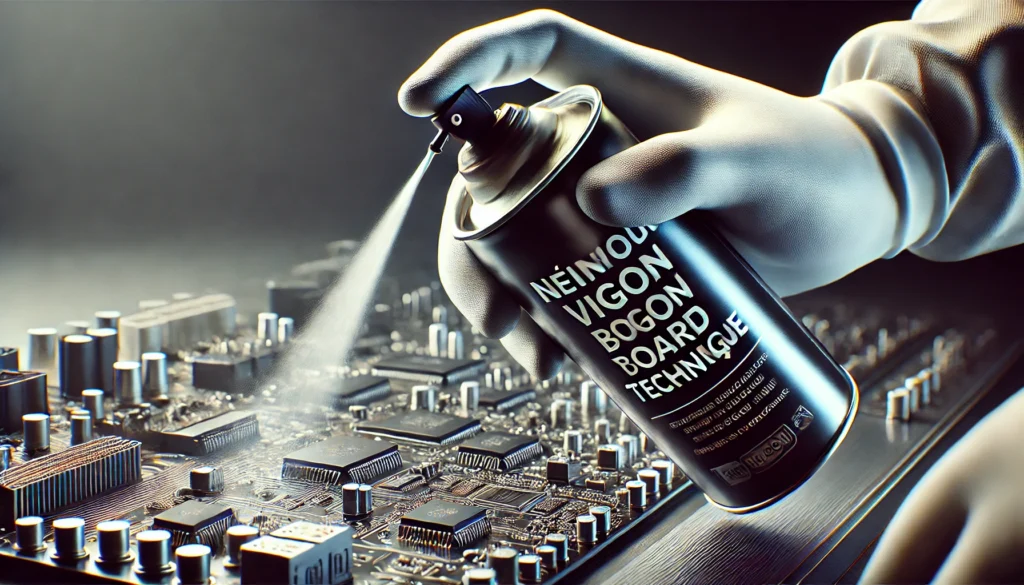Cleaning and maintenance methods are constantly evolving, with new techniques emerging to improve efficiency, safety, and effectiveness. One such method is the Nettoyage Vigon Borad Technique. This innovative approach has gained attention for its unique features and applications across various industries. In this article, we’ll explore what makes this technique stand out, how it works, and why it’s a game-changer.
What Is the Nettoyage Vigon Borad Technique?
The Nettoyage Vigon Borad Technique is a specialized cleaning method designed to address intricate cleaning challenges in industries such as electronics, medical devices, and precision manufacturing. While the origins of its name remain unclear, it’s recognized for its ability to clean delicate surfaces and hard-to-reach areas without causing damage.
This technique combines advanced cleaning tools and solutions to remove contaminants like dust, grease, and micro-particles, ensuring optimal performance and longevity of sensitive equipment.
Key Features and Benefits
What sets the Nettoyage Vigon Borad Technique apart? Here are its standout features:
- Precision Cleaning: Ideal for delicate components that require a high degree of care.
- Eco-Friendly: Utilizes environmentally safe cleaning agents.
- Cost-Effective: Reduces the need for frequent repairs or replacements by maintaining equipment integrity.
- Versatile: Applicable to various materials, including metals, plastics, and ceramics.
By using this technique, businesses can ensure better performance and durability for their products while minimizing environmental impact.
How the Nettoyage Vigon Borad Technique Works
The Nettoyage Vigon Borad Technique involves a systematic process:
- Assessment: The surface or equipment is inspected to determine the type and extent of contamination.
- Preparation: Suitable cleaning solutions and tools are selected based on the material and contaminants.
- Application: The cleaning agents are applied precisely, often using micro-sprays or ultrasonic waves.
- Rinse and Dry: The surface is rinsed with purified water or solvents and dried using air jets or heat.
- Quality Check: The cleaned item is inspected to ensure all contaminants are removed.
This meticulous process guarantees thorough cleaning without compromising the integrity of the material.
Applications of the Nettoyage Vigon Borad Technique
The Nettoyage Vigon Borad Technique is widely used in industries that demand precision and cleanliness. Examples include:
- Electronics: Cleaning circuit boards and microchips to prevent malfunctions.
- Medical Devices: Ensuring sterility of surgical instruments and implants.
- Automotive: Removing debris from intricate engine parts.
- Aerospace: Maintaining the cleanliness of sensitive components like sensors and navigation systems.
These applications highlight the versatility and reliability of this cleaning method.
Comparison with Other Cleaning Techniques
How does the Nettoyage Vigon Borad Technique compare to traditional methods? Here’s a quick overview:
| Aspect | Nettoyage Vigon Borad | Traditional Methods |
| Precision | High | Moderate |
| Environmental Impact | Low | Variable |
| Cost-Effectiveness | High (long-term) | Moderate |
| Risk of Material Damage | Minimal | Moderate to High |
This comparison underscores why more industries are adopting the Nettoyage Vigon Borad Technique.
Tips for Implementing the Nettoyage Vigon Borad Technique
Thinking about using this method? Here are some tips:
- Invest in Training: Ensure your team is familiar with the tools and processes.
- Use Quality Materials: Opt for certified cleaning agents and equipment.
- Follow Safety Protocols: Protect workers and equipment by adhering to guidelines.
- Regular Maintenance: Keep cleaning tools in top condition to maximize effectiveness.
Common Misconceptions
Despite its advantages, there are some misconceptions about this technique. Let’s clarify:
- It’s Expensive: While the initial investment might be higher, the long-term savings on repairs and replacements make it cost-effective.
- It’s Complicated: With proper training and tools, the process becomes straightforward.
- It’s Only for High-Tech Industries: While popular in tech fields, it’s adaptable to many industries.
Future Trends and Innovations
As technology advances, so does the Nettoyage Vigon Borad Technique. Emerging trends include:
- AI Integration: Using artificial intelligence to monitor and optimize the cleaning process.
- Sustainable Solutions: Developing biodegradable cleaning agents.
- Automation: Implementing robotic systems for faster, more consistent results.
These innovations promise to make the technique even more effective and accessible.
Testimonials and Case Studies
Businesses that have adopted the Nettoyage Vigon Borad Technique report significant improvements. For example:
- Electronics Manufacturer: Reduced equipment failure rates by 30%.
- Medical Facility: Achieved 100% compliance with sterility standards.
- Automotive Company: Improved engine performance by eliminating debris more effectively.
These success stories demonstrate the tangible benefits of this technique.
Conclusion
The Nettoyage Vigon Borad Technique is revolutionizing cleaning and maintenance across industries. Its precision, efficiency, and eco-friendliness make it a valuable tool for businesses seeking optimal performance and sustainability. By adopting this method, companies can stay ahead in a competitive market while contributing to a cleaner environment.
Frequently Asked Questions (FAQs)
What is the Nettoyage Vigon Borad Technique?
It is a specialized cleaning method designed for precision cleaning in industries like electronics, medical devices, and aerospace.
What industries benefit most from this technique?
Industries such as electronics, medical, automotive, and aerospace benefit greatly due to its precision and effectiveness.
Is the Nettoyage Vigon Borad Technique eco-friendly?
Yes, it uses environmentally safe cleaning agents and minimizes waste.
Can the technique damage sensitive materials?
No, it is designed to clean delicate surfaces without causing any harm.
Do I need professional training to implement this method?
While it’s user-friendly, proper training ensures optimal results and adherence to safety protocols.
Recommended Article:


